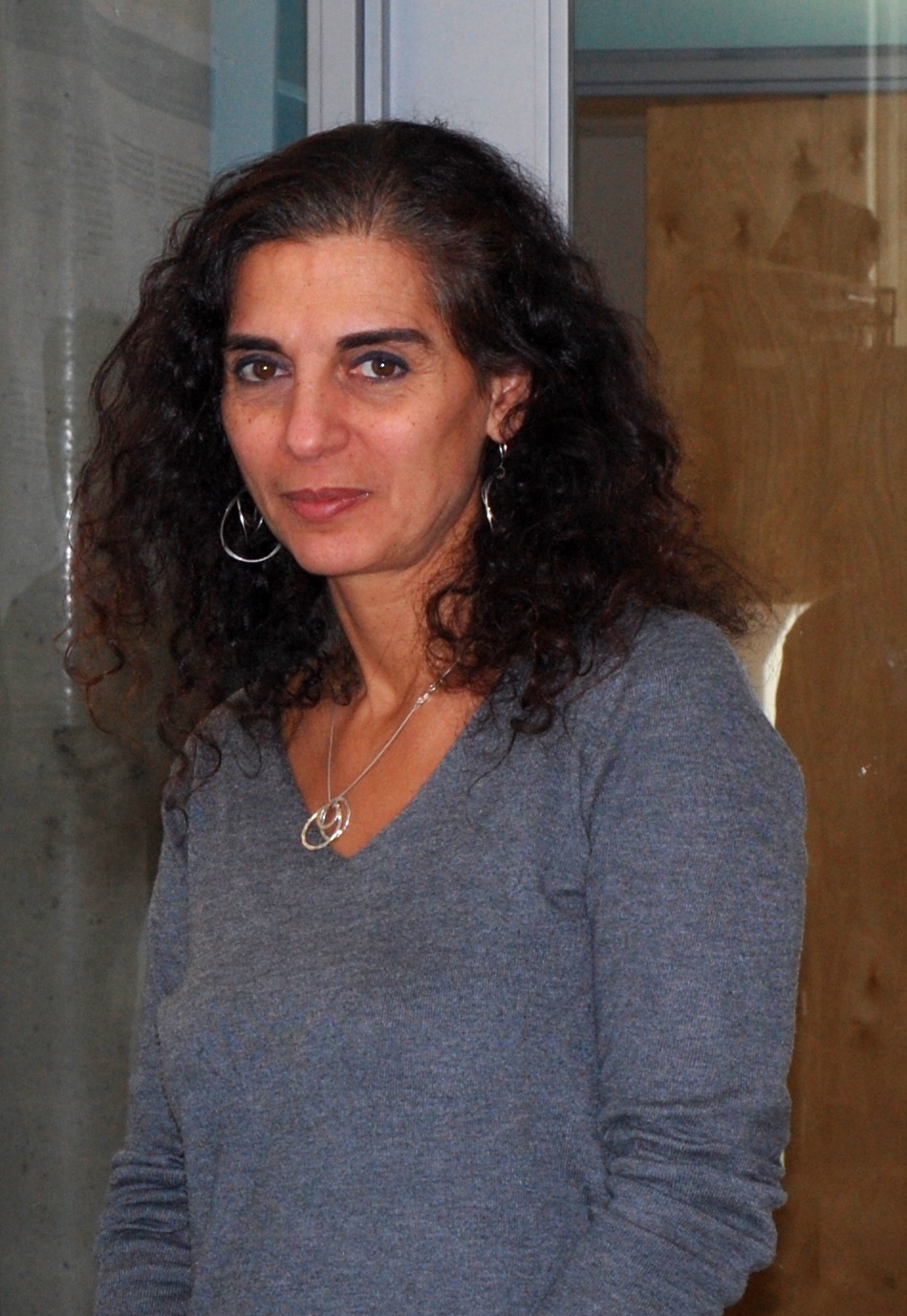Researchers discover how brain cells may be hardwired for vulnerability to deadly childhood brain tumour
A clearer understanding of how brain tumours originate during brain development is paving the way for improved therapies against pediatric high-grade gliomas, the leading cause of cancer-related deaths in children and young adults.
Montreal, December 7, 2022 – A team of researchers from across Quebec, Canada and the United States led by Dr. Claudia Kleinman, principal investigator at the Lady Davis Institute at the Jewish General Hospital, and Dr. Nada Jabado, senior scientist at the Research Institute of the McGill University Health Centre (RI-MUHC), discovered that certain brain cells may be inherently vulnerable to mutations that cause high-grade gliomas, a highly aggressive and, ultimately, fatal pediatric brain tumour. Published in Nature Genetics, the findings represent a significant advance in understanding these diseases and could help guide the design of clinical trials for new therapies.

The reason why some cases of these tumours occur in some brain regions and not others, at specific ages, and only in specific combination of genetic mutations, is a mystery that has puzzled researchers for a long time. Over the last few years, the teams of Dr. Claudia Kleinman and Dr. Nada Jabado have been charting the normal developing brain at very high resolution to identify when and where these tumours arise and then change the way they are studied and treated.
Tumours express genes that can be read as “zip codes” for the brain
In this new study, the researchers collected specimens from more than one hundred patients and performed intensive computational data analyses. They found that tumour types had differences in genes that tell the cells what to become during development based on their anatomical position.
The team then studied the pattern of activated genes like a “zip code,” using them to trace back the cell types and brain regions where each tumour type likely originated.
“By reading these genes as ’zip codes’ for the brain, we were able to identify the anatomically distinct niche in the brain from which they originated,” explains Dr. Kleinman, an associate professor of Human Genetics at McGill University.
This finding in itself was surprising. Many cancers express these genes in a dysregulated manner, and the researchers expected that tumours, which undergo major changes during the cancer process, would lose the memory of where they originated.
“During development, cells in different niches rely on different signaling pathways to grow and differentiate, and we found that one subtype of these tumours, which have ACVR1 mutations that activate the bone morphogenetic protein (BMP) pathway, mapped to a cell population that does not normally use BMP during development,” she continues.
“This suggests that when this mutation activates BMP in cells that don’t know how to deal with it, it could lead to cancer,” adds Dr. Jabado, who is also an haemato-oncologist at the Montreal Children’s Hospital of the MUHC and a professor of Pediatrics and Human genetics at McGill University. “Our experiments showed that removing the BMP pathway mutation in cancer-derived cell lines reduced pathway activation, the ability of cells to proliferate and tumour formation in mice.”
Understanding how tumours form to find effective therapies
Pediatric high-grade gliomas are a rare form of brain tumour, but they account for most of the mortality in childhood brain tumours, while survivors are left with important consequences. These tumours are fast growing and spread quickly through brain tissue, which makes them hard to treat, pointing to the need for new types of therapies.
“It is important to understand how tumours form. These tumours arise in the developing brain, from tissues intrinsically different from those in the adult,” points out Selin Jessa, a PhD student in Dr. Kleinman lab, the first author of the study. “Our failure to inform treatment with a clear understanding of brain development has driven inefficient efforts to improve therapy. As a result, hundreds of new drugs are available at the bedside in adult cancers, but only a handful have been developed and approved specifically for childhood brain tumours.”
“Now that we better understand where these tumours arise, we and our international team of collaborators will design more accurate tumour models targeting or resembling these populations, which will allow us to study the disease in a more realistic setting that matches the patient disease.”
“Our work indicates that the cancer-causing mutations have different effects depending on what cell type they occur in. Identity matters, and it is critical to study these mutations in the right cell type, and to guide the design of clinical trials,” concludes Dr. Jabado.
This work was supported by funding from Genome Quebec, Genome Canada, the Government of Canada and the Ministère de l'Économie, de la Science et de l’Innovation du Québec, with the support of the Ontario Research Fund; the Canadian Institutes for Health Research; the US National Institutes of Health; the Canadian Cancer Society, National Sciences and Engineering Research Council, the Fonds de recherche du Québec – Santé, the Fondation Charles-Bruneau, and the We Love You Connie, Poppies for Irini and Kat D Strong Foundations. Data analyses were enabled by computer and storage resources provided by Compute Canada and Calcul Québec.
K27M in canonical and noncanonical H3 variants occurs in distinct oligodendroglial cell lineages in brain midline gliomas. Selin Jessa, Abdulshakour Mohammadnia, Ashot S. Harutyunyan, Maud Hulswit, Srinidhi Varadharajan, Hussein Lakkis, Nisha Kabir, Zahedeh Bashardanesh, Steven Hébert, Damien Faury, Maria C. Vladoiu, Samantha Worme, Marie Coutelier, Brian Krug, Augusto Faria Andrade, Manav Pathania, Andrea Bajic, Alexander G. Weil, Benjamin Ellezam, Jeffrey Atkinson, Roy Dudley, Jean-Pierre Farmer, Sebastien Perreault, Benjamin A. Garcia, Valerie Larouche, Mathieu Blanchette, Livia Garzia, Aparna Bhaduri, Keith Ligon, Pratiti Bandopadhayay, Michael D. Taylor, Stephen C. Mack, Nada Jabado, Claudia L. Kleinman. Nature Genetics. doi: 10.1038/s41588-022-01205-w.
For media inquiries and to arrange interviews with Dr. Kleinman, contact:
Pascal Fischer
Research Communications Officer
Lady Davis Institute
Tel.: 514 340-8222 x 28661 or 450 218-6487
[email protected]
For media inquiries and to arrange interviews with Dr. Jabado, contact:
Fabienne Landry
Media Relations Officer, Research
McGill University Health Centre
Cell 514 812-7722
Email: [email protected]
For more about the Lady Davis Institute: www.ladydavis.ca
For more about the Jewish General Hospital: www.jgh.ca
For more about CIUSSS West-Central Montreal: www.ciussswestcentral.ca
For more information about the Research Institute of the McGill University Health Centre: rimuhc.ca
For more information about the McGill University Health Centre: muhc.ca

